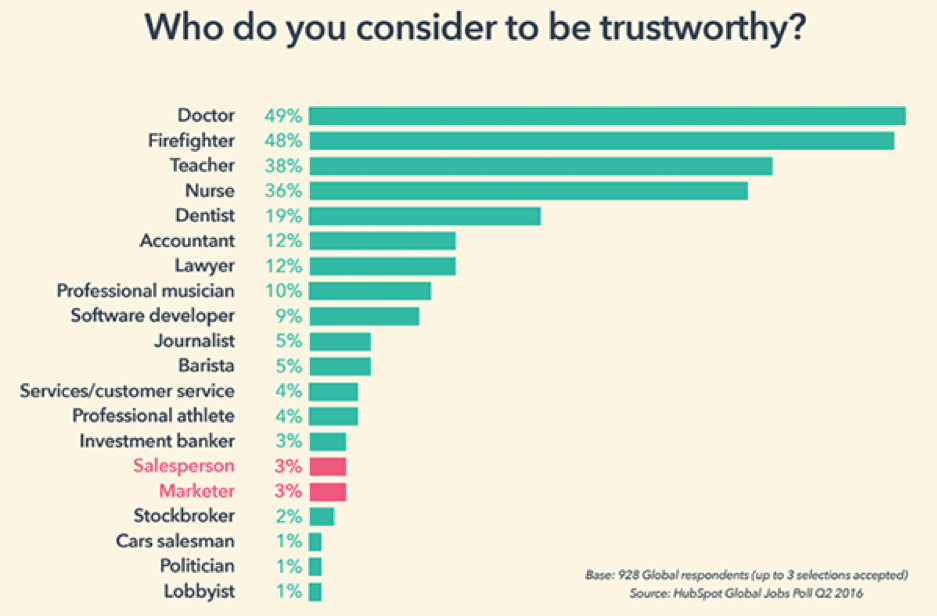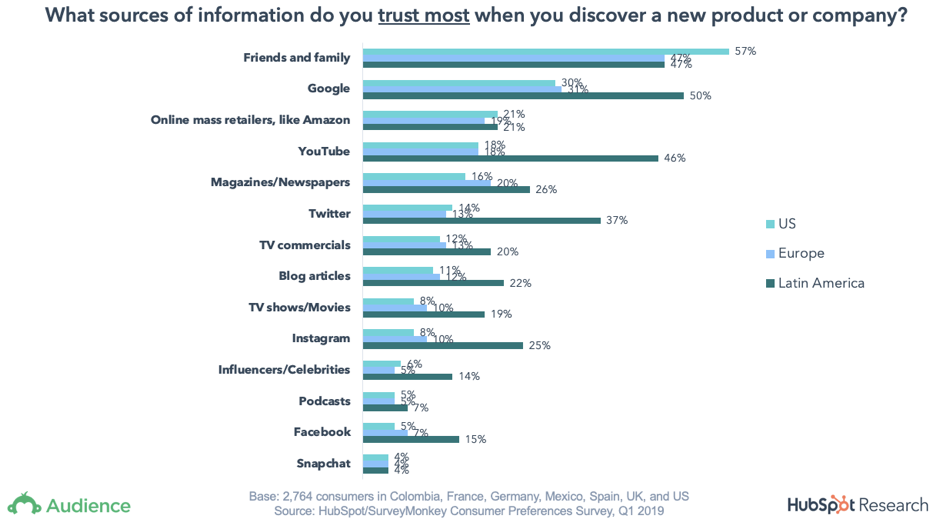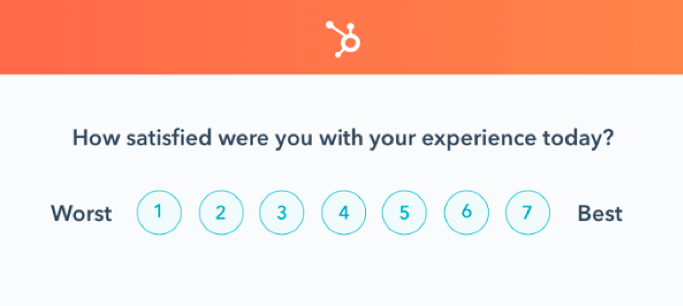
As a marketer, you no doubt put a lot of effort into your marketing strategy. It can be a relentless process sometimes, right? But the truth is, no matter how good your content is, or your visuals are, and no matter how much of your blood, sweat and tears you pour into your marketing strategy, there is one thing that is more important to the health and growth of your business than anything else. That one thing? The happiness of your customers. It’s astonishing just how deeply the success of your business depends on the voice of your current customers, the truth is, happy customers are your biggest drivers of new business.
Not having insight into customer happiness may have a bigger impact on profitability than you realise. For example, did you know that 65% of new business comes from customer referrals? Happy customers refer their friends and family, so if you don’t know what makes your customers happy and aren’t focused on improving the customer experience you’re potentially missing out on a chunk of new business. Gaining insights into what makes your customers happy doesn’t need to be difficult. In fact, it could be as simple as clicking on an emotion button at certain touch points with your company. In this blog, we’ll be diving into why happy customers are your biggest drivers of new business, and how you can find out what makes them happy.
Consumers No Longer Trust Marketing & Sales Teams A recent study revealed that only 3% of people consider salespeople and marketers to be trustworthy. Take a look at this chart below.

This poses a real challenge for marketers and begs the question - who do your customers trust and turn to when looking for new products or services? It’s all about word of mouth. Friends, family, and Google are the top discovery sources for new products or services overall.

They key takeaway? It’s vital you focus on making sure everyone who engages with your company has a positive experience because at the end of the day, they are the ones driving business.
The Importance of Understanding Customer Happiness
It’s important to understand why customers stay, and why they may leave. What is it customers love about your company? And where can you improve? The key to business growth is ensuring your customers become raving fans, because ravings fans ultimately improve your bottom line. How? A Nielsen report revealed 92% of consumers believe suggestions from friends and family more than advertising. And 74% of consumers identify word of mouth as a key influencer in their purchasing decisions. Word of mouth is key for generating revenue, and word of mouth referrals only come from happy consumers. For this very reason, your customers need to be at the heart of your marketing strategy.
Furthermore, consumers are no longer happy with just personalised content. What they now need is proof of happy customers who’ve come before them. That’s why it’s crucial that you consider every interaction a consumer has with your business, from their first website visit to their latest interaction with your customer service team, because it will largely influence how they view your brand and what they share with their network. That’s why you need to holistically look at your customer journey and make sure at every touchpoint, consumers are engaged and happy.
How to Measure Customer Happiness
The next step is to gain insight into how satisfied your customers are at each touchpoint with your company through different types of surveys. Understanding in real-time how your customers are feeling at each touchpoint is important because long surveys at the end of an engagement period may miss key pieces of information on ways you can improve the customer experience. Below are some methods you can use to understand in real-time how satisfied your customers are with your business.
Customer Satisfaction Score (CSAT)
A Customer Satisfaction Score (CSAT) is a way to measure how happy or unhappy a customer was with an experience, product, service, or specific interaction with your company. Typical questions often include: “how would you rate your experience today?” The more consumers who give a positive answer, the higher your CSAT score. Below is an example from HubSpot on how a customer feedback survey might look.

While your CSAT score may not be a crystal ball for understanding every aspect of your customers’ needs, it is a good indicator of whether your company is growing, or stalling.
Net Promoter Score (NPS)
NPS is different from other surveys as it measures a customer's overall feelings about a brand, versus their thoughts about a singular interaction or purchase. Your NPS looks at how likely people are to be a promoter of your brand versus a detractor. Happy customers are of course promoters. Unhappy customers, however, are detractors. When figuring out your NPS, ask a simple question like; “How likely are you to refer ‘our company’ to other people?” This simple question will give you the insight you need to know about how likely they are to promote your brand. A follow up question like “Please explain the reason for your answer?” will give you insight on what you need to do to improve the customer experience and boost your overall NPS.

Customer Feedback Best Practices
While surveys are incredibly useful in determining customer happiness and satisfaction, they can be hard to get right. You don’t want to be too invasive or take up too much of your customers’ time. The most important thing to remember is to keep it simple and easy to measure with yes/no answers or a rating out of 10, and then follow up with an open-ended question to get more insight into the reason why they gave their answers. Here are some of the best practices to remember when creating and disseminating feedback surveys:
- Keep questions relevant to your goal of customer loyalty and happiness.
- Ask precise questions and keep them short.
- Remain unbiased and don’t ask leading questions – it’ll make your business seem untrustworthy while also skewing the results.
- Keep your rating metric consistent – don’t switch between numbered scales and letter grades.
- Keep everything simple and transparent for the consumer.
- Respond to negative feedback as quickly as possible.
- Thank respondents who leave good feedback.
At the end of the day, your customers’ happiness is your business and should be a priority if you’re serious about growing a profitable business in the digital era.
If you’d like to learn how you can improve your customers’ experience and ultimately their happiness in your own organisation, talk to us today to find out how we can help. Through the use of strategy, automation and technology we can help you gain a better insight into your customers and help you grow your business. Get in touch here.


